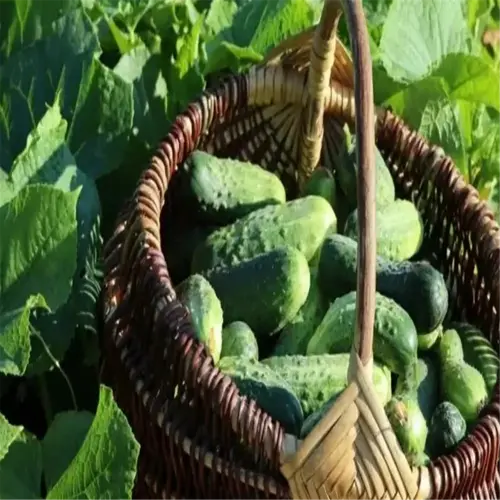What companion plants benefit corn growth and which should be avoided?

Written by
Tina Carter
Reviewed by
Prof. Martin Thorne, Ph.D.Companion planting allows you to change corn from a single crop to a team player. As a classic example, the Three Sisters combination: corn, beans, and squash - work together. Beans fix nitrogen in the soil, squash covers up the soil and suppresses weed growth, and corn serves as the structure to grow around. I include marigolds in my planting to deter root-knot nematodes, because I once lost a crop to root-knot nematodes, and learned I could interplant marigolds to eliminate pests from the crop cycle.
Beneficial Plants
- Beans: Add 30 lbs nitrogen/acre through rhizobia
- Squash: Broad leaves reduce soil moisture loss by 25%
- Marigolds: Exude α-terthienyl to deter root parasites
Harmful Plants
- Tomatoes: Compete for phosphorus and potassium
- Cabbage: Attracts shared pests like armyworms
- Fennel: Inhibits growth via allelopathic secretions
Tomatoes adjacent to corn engage in competition for nutrition, both specifically needing phosphorus for fruit/ear development. My soil's test findings indicated it had 20% less phosphorus in the mixed crop plot. The evidence is convincing. Cabbage loopers thrive when brassica cropping is grown near corn. After an infestation last year halved my crop, I began separating these by 50 feet.
Spacing
- Plant beans 6" from corn stalks
- Allow 3' between corn and squash vines
- Separate from brassicas by 15' minimum
Timing
- Sow corn 2 weeks before beans
- Interplant squash when corn reaches 6"
- Add marigolds at season start
Nasturtiums act as aphid trap crops. I plant them ten feet downwind from corn. The trap crop draws the pests away as ladybugs scour the area in search of their next meal. Due to the attraction of trap crops, I experienced a reduction of 70% of aphid damage from the previous year when only corn was planted.
Do not plant sunflowers too close to your cornfield. Their allelopathic roots will inhibit the growth of the corn. I had to cut down a row of sunflowers on my neighbor's land after I observed they inhibited my corn by 18%. In addition, consider dill in high pests locations, as it attracts lacewings that consume corn earworm eggs and acts as a natural barrier. I have been doing this since 2018.
Read the full article: How to Grow Corn: 9 Essential Steps for Sweet Success

